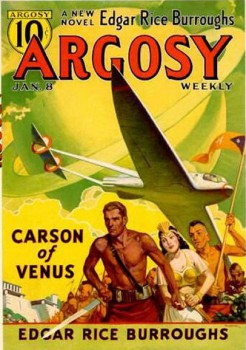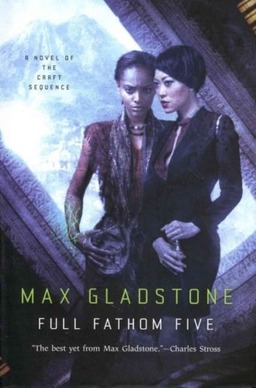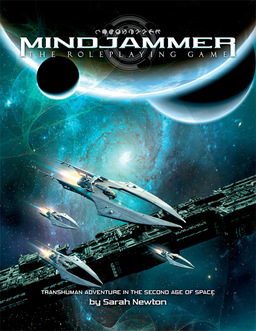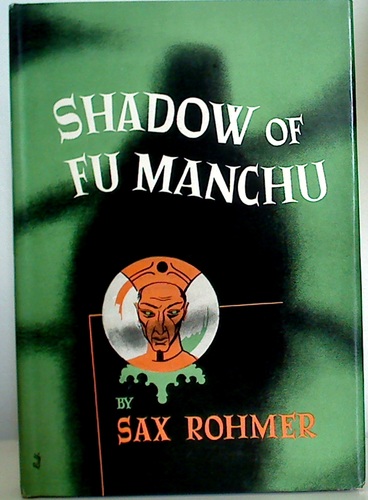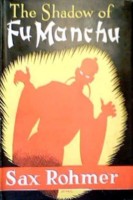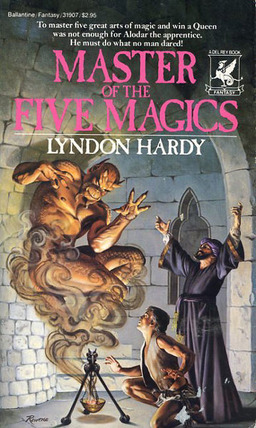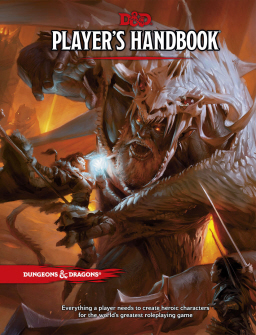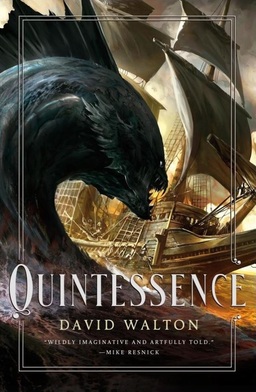Vintage Treasures: Big Planet by Jack Vance
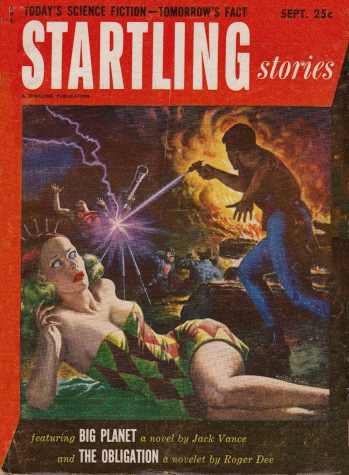 |
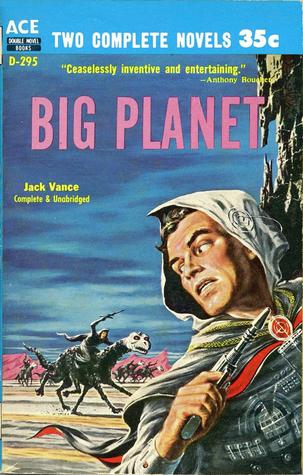 |
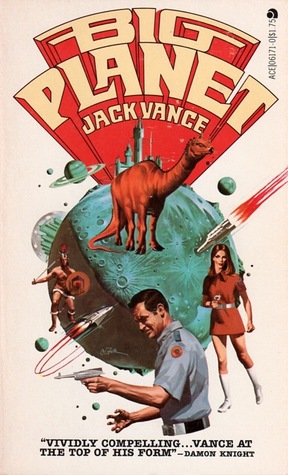 |
I’m embarrassed to admit that I became a Jack Vance fan only late in life. I blame a misspent youth.
I first discovered him through his short fiction — especially “The Dragon Masters” and “The Moon Moth,” two brilliantly imaginative tales of far-off worlds. But I was slow to discover his novels and I’ve spent the last few years trying to catch up.
The one I want to read next is Big Planet, his 1952 novel of a massive but technologically backwards world known simply as Big Planet, settled over the centuries by a host of criminals, malcontents, and outcasts from Earth. Claude Glystra is sent to Big Planet to investigate rumors of a dark plot against Earth, but his ship is sabotaged and crash-lands 40,000 miles from his destination. Glystra and his crewmates must undertake an impossible journey on foot across a dangerous landscape filled with aliens, human colonies isolated for centuries, and the treacherous agents of his enemies.
Big Planet was Vance’s first major SF novel, and it is one of the classic adventure fantasies of the 1950s. It has been reprinted over a dozen times. I have several different paperback editions — and they are, in fact, very different. All I have to do is figure out which one to read.
